Rosanne Cecil
Willow Leaves Handmade Books
A gentle studio rooted in books, trees, and tradition – Rosanne shares her quiet craft and the slow rewilding of land and skills across seasons.
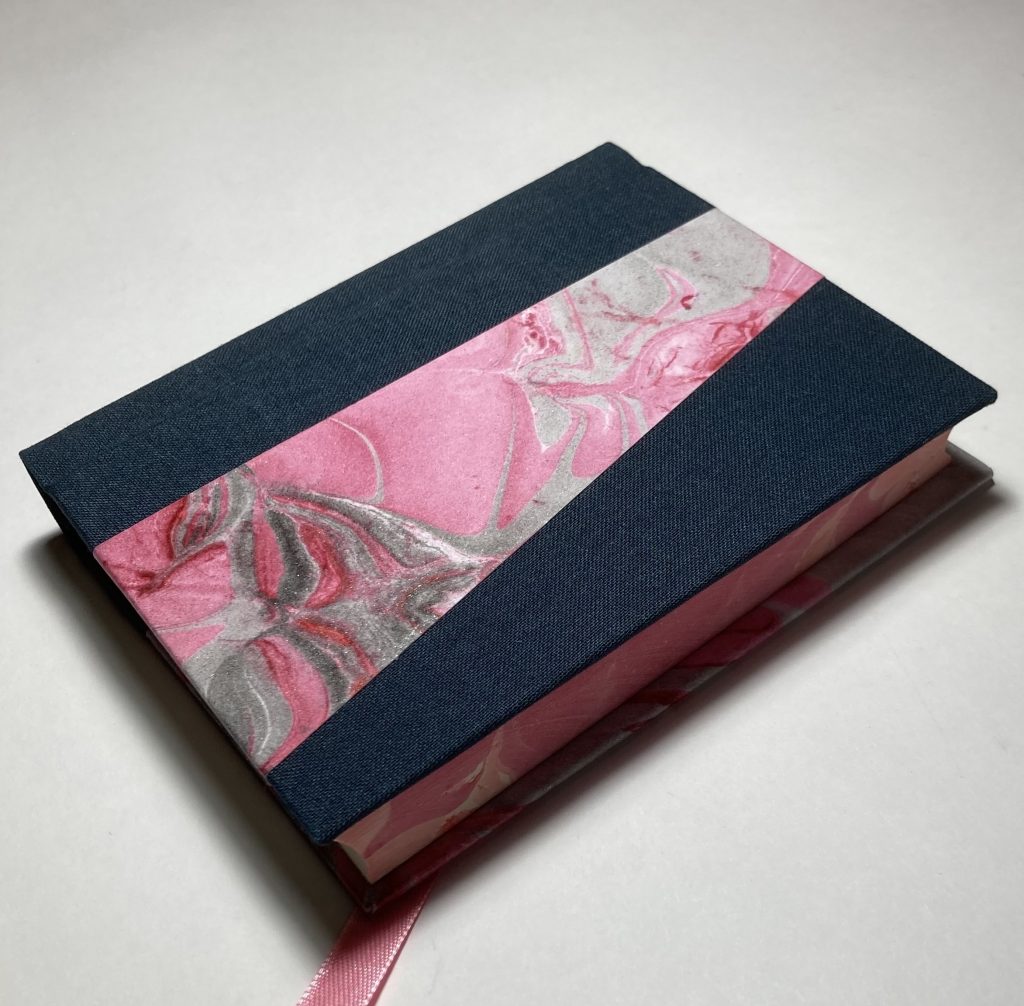
“I’ve got some open studio days coming up,” says Rosanne, the binder behind Willow Leaves Handmade Books. This August, she’ll open the doors of her stone workshop – just next to her home outside Broughshane – for the first three Saturdays of the month, as part of August Craft Month coordinated by Craft NI and the Design & Crafts Council Ireland.
The days are informal, gentle: “You meet a few people, if they come, it’s nice; if they don’t, you just get on with work, get some things done.” Her workshop may be small, but the welcome is warm. “Last year I did it for August Craft Month. It was a steady stream, really, which was great.”
Rosanne’s studio looks out over a pond, often visited by frogs. It’s a carefully maintained space – insulated and re-pointed to fend off damp, which paper never appreciates – but it still has the quiet magic of a building that holds a patient kind of practice.
“I’ll have books on display that show different styles of binding… but it’s more talking about it and showing it rather than actually doing.”
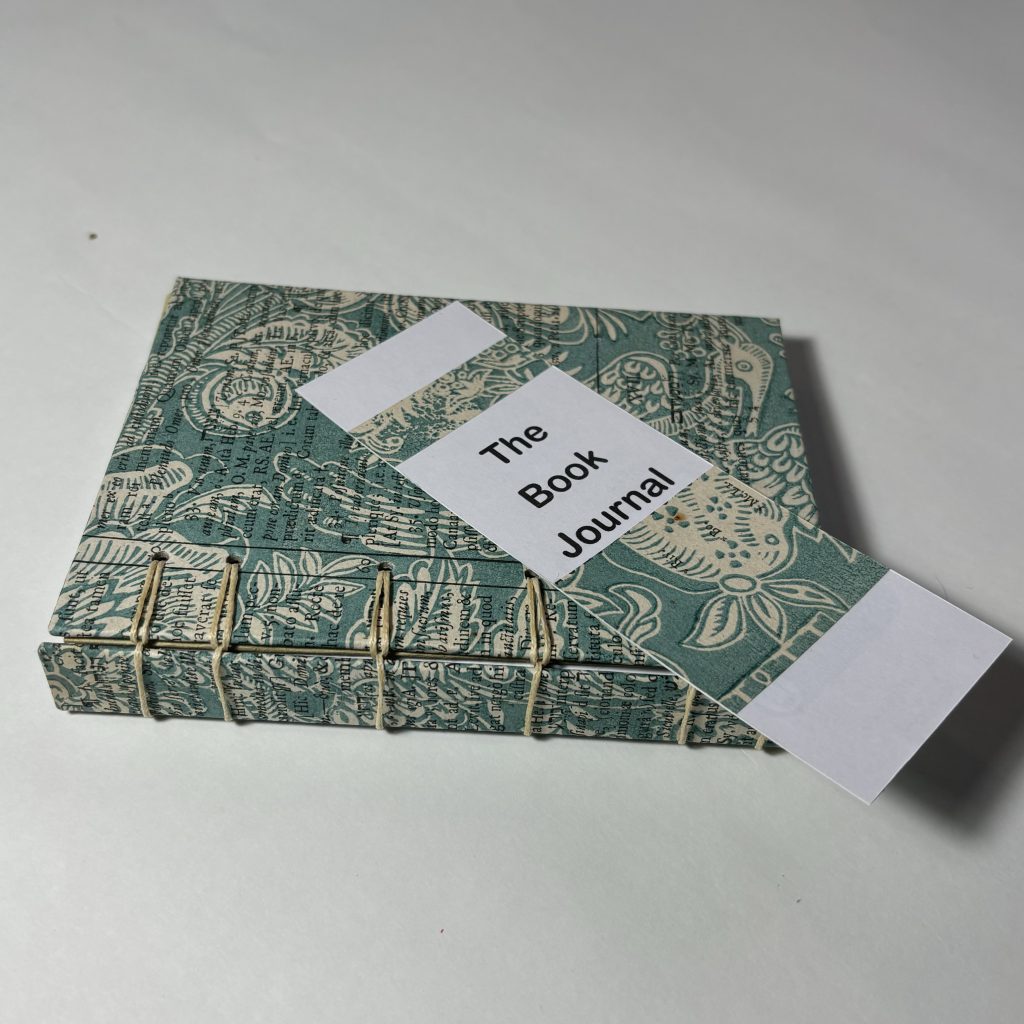
From Bread to Books
The name Willow Leaves came by way of bread – and before that, a cottage. Years ago, Rosanne and her family renovated an old building on their property and named it Blackthorn Cottage, after the abundance of blackthorn growing nearby. When she began selling her homemade bread, the name evolved into Blackthorn Breads. “And then I had a friend who makes baskets,” she recalls, “and we had stalls together sometimes where I’d sell my bread and she’d be selling her baskets, and we just called it Blackthorn and Willow.”
That became the name of her craft shop in Glenarm, where she sold artisan foods, locally-made crafts, handmade books, and ran a micro-bakery on Saturday mornings. When the shop closed just before the pandemic – “not knowing that was coming, but it was good timing” – Rosanne shifted her attention fully to bookbinding and the name Willow Leaves was an obvious choice.
“I just always loved books,” she says. “I used to make little books when I was a child… I was very taken by the illuminated manuscripts of the monks. The idea that books can be beautiful as well as informative.”
That early fascination has carried through in the variety of forms she creates today. “I make books for writing and sketching and I want them to be both useful and beautiful: I think that I have always been a bit influenced by the Arts and Crafts Movement, in that respect. Different styles of binding suit different sorts of use. The traditional casebound book is a beautiful object and is very sturdy but it is not as flexible as a book with exposed spine binding such as a Coptic-stitched book where the pages open wide and lie flat – much appreciated by artists – that is less robust. Another style valued by artists is the concertina or Leporello book that is ideal for presenting a panorama. A style that I make a lot is limp binding; this is traditionally made from soft leather, such as goats skin, but I use cork material instead which is supple and pliable and lovely to work with.”
She often works with high-quality materials like Japanese silk book cloth, prized for its subtle texture and “It looks gorgeous with a range of colours,” she says of the silk. “It feels nice.”
Rosanne loves to work with beautiful papers. ”I use paper from different sources including my own marbled paper and my prints from lino cuts; however, I get particular pleasure from using the work of my sister who is a talented artist. There is something very nice about having a bit of a family connection in my work and to use papers that are unique.”
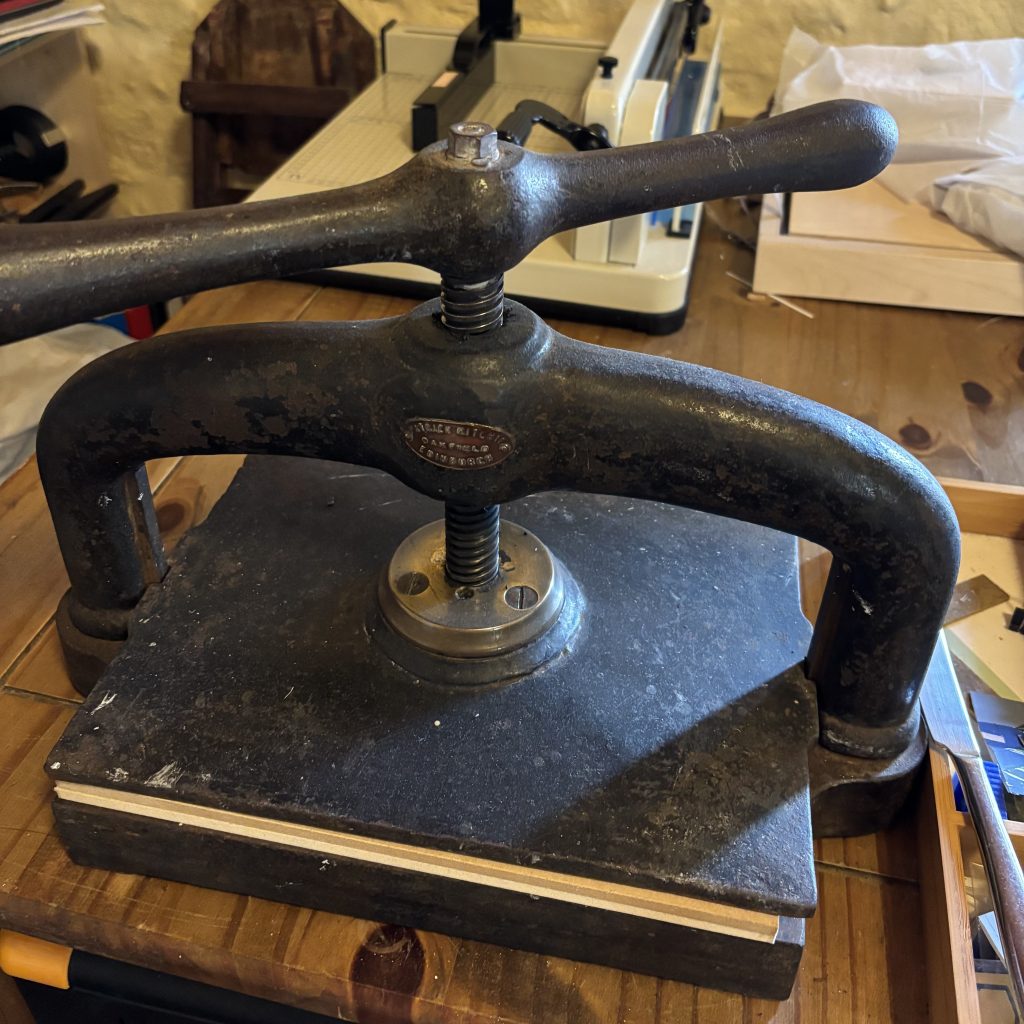
Tools and Traditions
Rosanne’s practice is grounded in the physical. She uses a nipping press, a custom sewing frame made by a neighbour, and a range of different tools including scalpels and various knives and – because bookbinding involves a lot of pressing –heavy old domestic irons, weights from old scales, big old books and a large Russian doll filled with obsolete coins.
“Quite a lot of people think that I put covers on books. They don’t realise that I stitch the whole book,” she says. That’s partly why she opens her studio: to give visitors a glimpse into the many-layered work of this craft. “You look at a book of mine and it might be sitting in a shop next to a little notebook for £4. And mine isn’t £4.”
In an age of mass production and rapid turnaround, the care, materials, and time that go into handmade work can be hard to price – and even harder to explain. Rosanne reflects on this tension quietly but clearly: craftsmanship isn’t about speed or scale, and yet it often finds itself measured by both. “People don’t always see the hours that go into it, or the quality of the materials.” As part of County Antrim Open Studios, she hopes that Open Studio days help visitors to understand the work that goes into the creation of beautiful craft pieces, whether ceramics, textiles, jewellery or books.
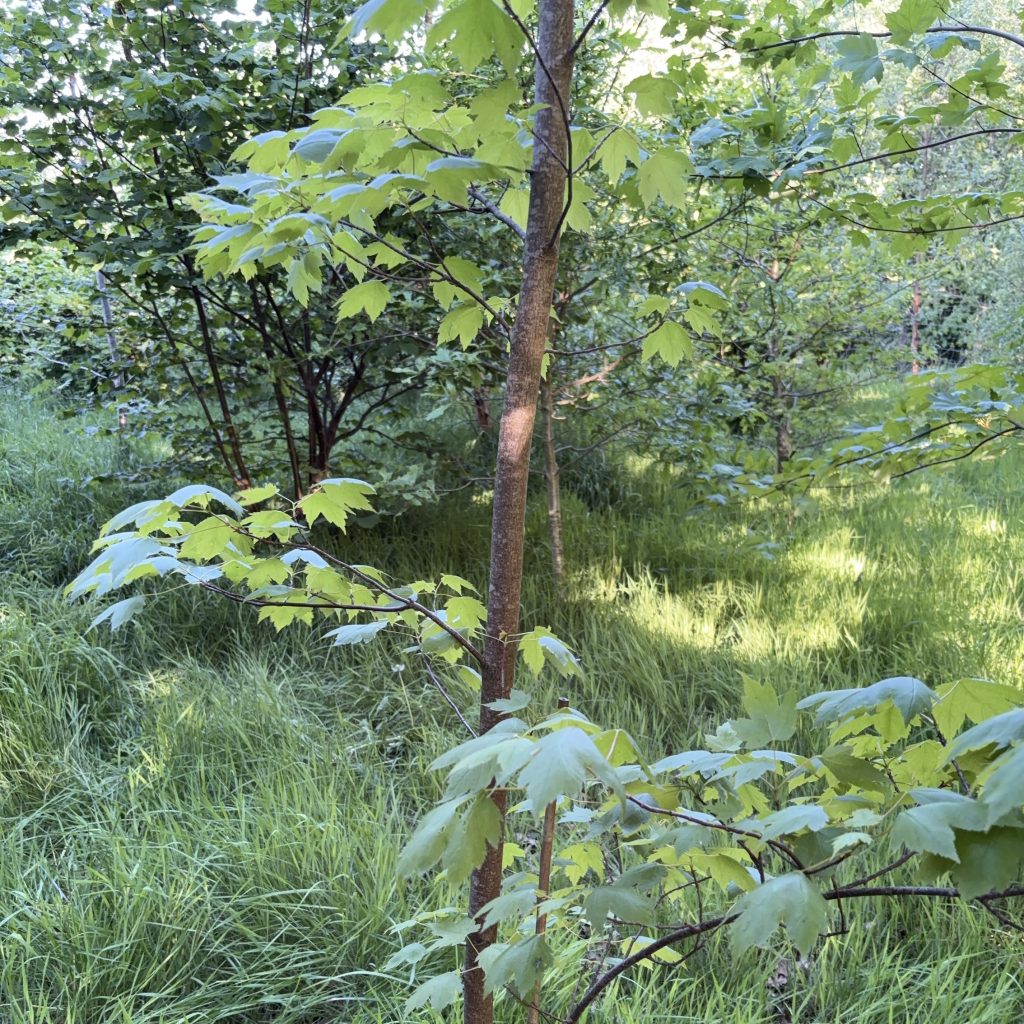
Rewilding and Resilience
Rosanne’s quiet commitment to craft extends beyond her studio and into the land surrounding her home. ”Tree planting and concern about the environment came first.” she says, describing decades of tree planting and habitat restoration. The first trees were planted over 35 years ago; since then, waves of new growth have followed each shift in family life – including the retirement of their goats.
More recently, she and her partner acquired rough grazing land, planting a range of native broadleaf trees: hazel and alder for quick growth and slower-growing oak, birch, rowan and hawthorn. “You plant equidistant, you know, for the best growth, but within a very short length of time, they don’t look like they’re in rows. Some saplings die while others grow and re-seed and so it becomes a natural-looking woodland very quickly.”
Her approach is pragmatic and unforced. “Initially you do have to use stuff to clear the grass to give them a bit of a start. But after a while, it’s nice not to have to go that route at all and just let them grow.”
But even with all the new growth, Rosanne is acutely aware of what’s missing. “Every generation takes it (the environment) as their normal, you know, the wildlife that we see. I remember my mother talking about wildflower meadows she would have seen – and taken for granted – when she was young. And sometimes you get a sense from older books as well where, although nature isn’t the focus it’s just a backdrop to the main narrative, you kind of realise what an abundance of wildlife there was and that it’s all just shrinking so much.”
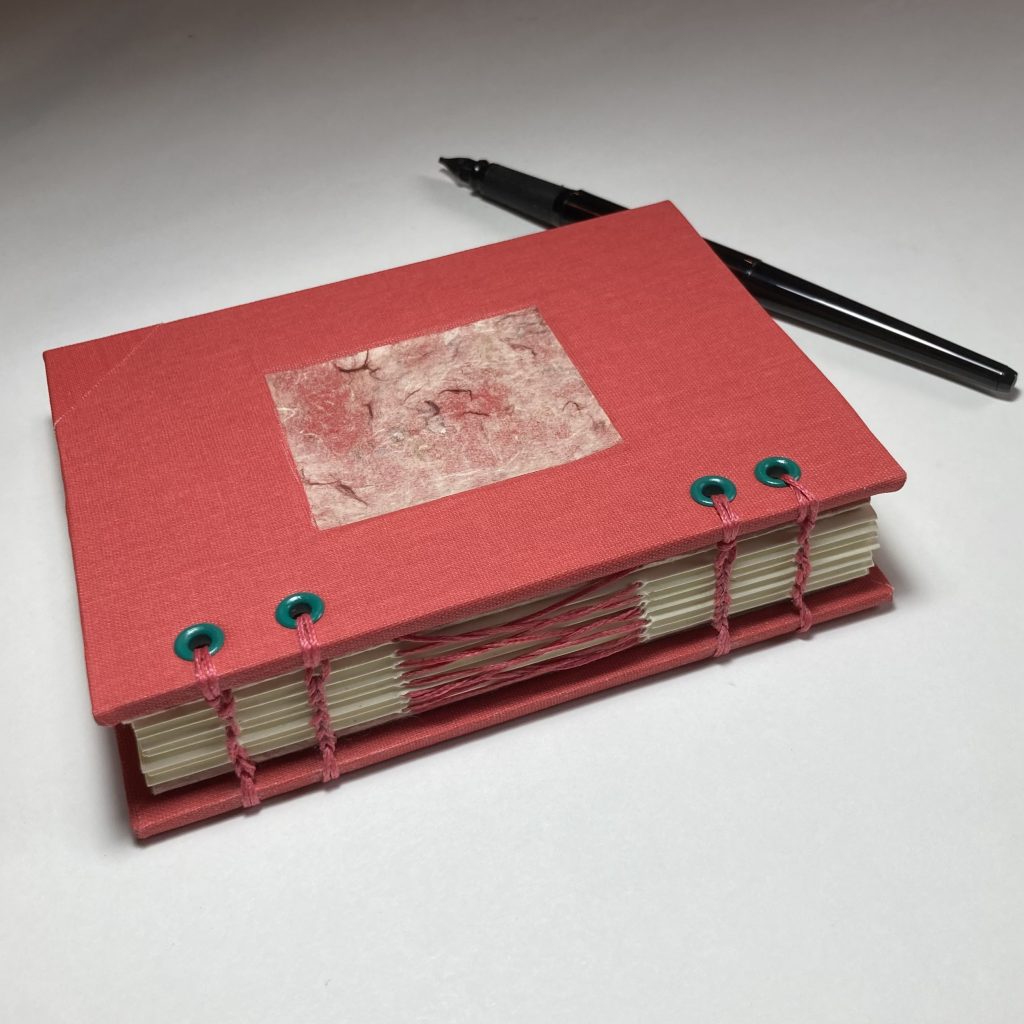
A Living Craft
From marbled edges to cork-covered gardening journals, every part of Rosanne’s work reflects slow care and practical elegance. “There are an awful lot of disappearing or declining skills – book conservation and restoration among them; however, there is a new wave of interest in bookbinding and book art as an innovative craft”
Willow Leaves Handmade Books will open its doors for August Craft Month on the first three Saturdays in August and other days by arrangement. Visitors can expect quiet conversation, examples of Rosanne’s varied techniques, and a rare look inside a bookbinder’s world defined by quiet dedication, thoughtfulness, and meticulous care.
Find out more about visiting Willow Leaves Handmade Books’ Open Studio via the County Antrim Open Studios website:
countyantrimopenstudios.co.uk
Keep up with the latest information and see their latest work via their social media:
@willowleaveshandmadebooks
The Latest Articles
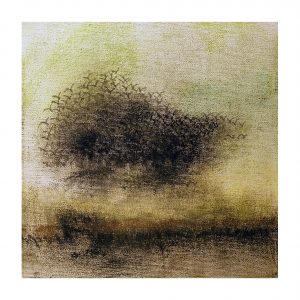
Bob Speers and the Quiet Magic of Ireland’s Bogs
In a room filled with timber, peat, and light, artworks hung on walls are more like fragments of the land itself – weathered, breathing, and alive with memory.
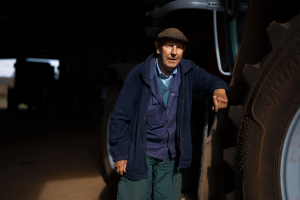
Hernan Farias on Light, Connection and Creative Growth
From the Classroom to the Camera – charting his shift from teaching English in Chile to full-time photography in Northern Ireland.
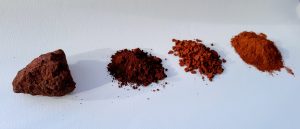
The Colour & Spirit of Time: Tricia Kelly’s Journey with Ócar
Exploring how sixty million years of volcanic fire, weather, and transformation created the red ochre that now colours Tricia’s life and work.
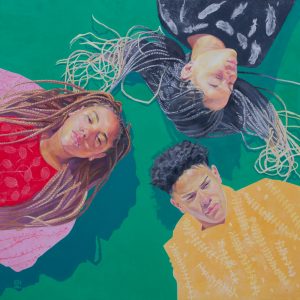
Faith and Colour: The Genuine Art of Beverley Healy
In her imaginative work, paint becomes prayer – a meditation on trust, surrender, and creation, where colour and stillness meet to form something transcendent.

Ruairi Mooney on Creativity, Practice & the Search for Authentic Art
From the North Coast to the Canvas: a journey of resilience, daily practice, and the slow discovery of an authentic artistic voice.

From Trauma Wards to Ceramics: Denise McAuley’s Authentic Creative Journey
From the trauma wards of the Royal to the shoreline of Cushendall, Denise creates small-batch ceramics that carry memory, resilience, & the rhythms of the sea.
